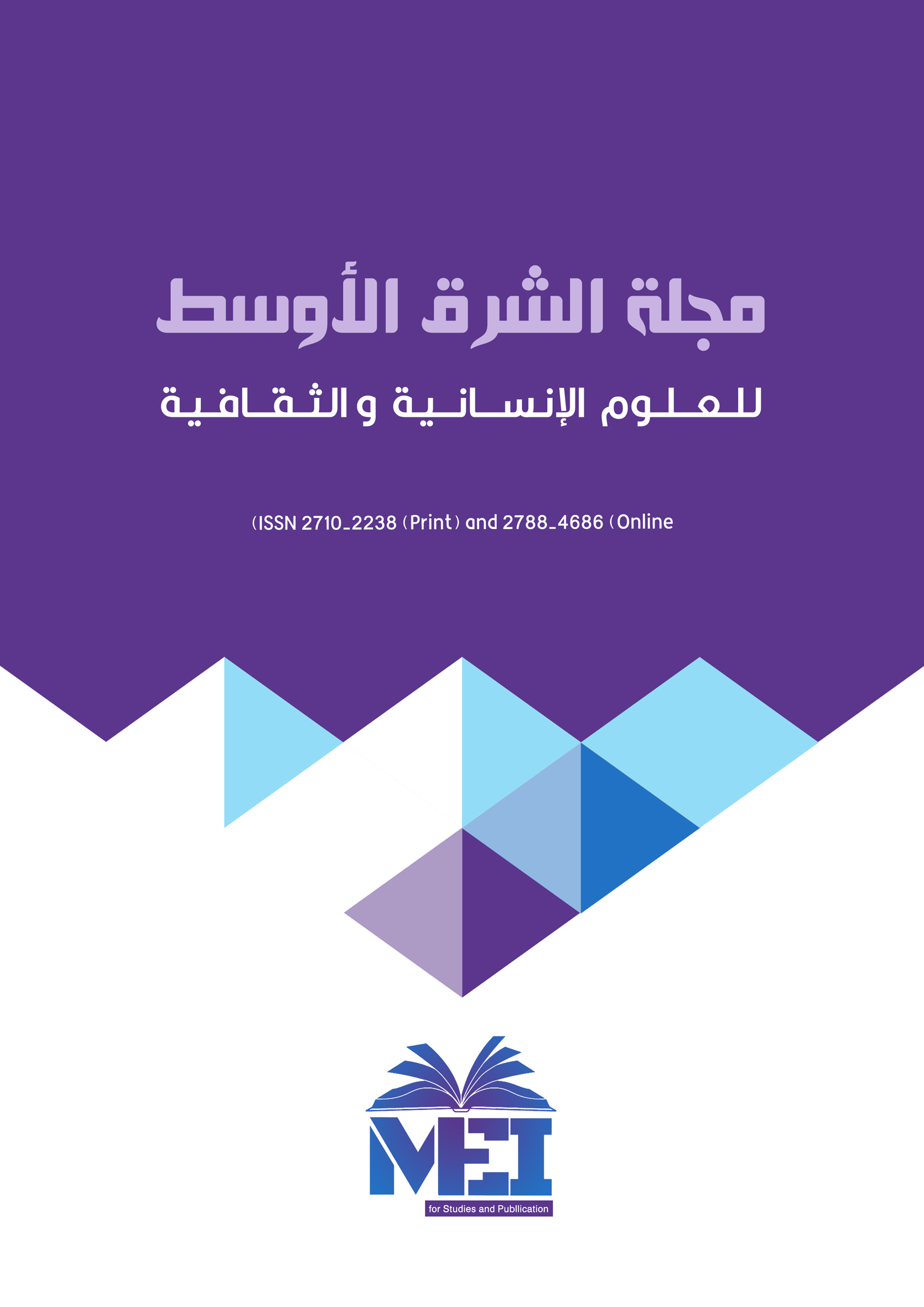Building a model of the thigh muscles in terms of muscle size, testosterone ratio and the percentage of its contribution to level of strength for freestyle wrestlers
محتوى المقالة الرئيسي
الملخص
The aim of the study is to build a model of the thigh muscles in terms of muscle size, testosterone ratio and the percentage of its contribution to level of strength for freestyle wrestlers. The researchers used the descriptive method by designing two homogeneous groups (age, weight and height) and with one-time tests in order to build a model of the thigh muscles. Subject of the study was divided according to the thigh circumference, which included two groups, the first group had a thigh circumference of 60-65 cm, and the second group had a thigh circumference of 55-59 cm. The subject was chosen randomly from the study community, and they are the players of the Middle Euphrates clubs, with a number of (30) players, divided into two groups each group included (15) players. The variables were as follows: thigh muscle strength, testosterone percentage, and thigh circumference). The tests were conducted in one phases and during (Wednesday) corresponding to (15/3/2023) for the measurements and tests used in the study, and the statistical bag (SPSS) was used to perform the required statistical operations. The most important conclusion of the study is the presence of two types of circumference of the thigh muscles of the wrestling players, which are 60-65 and 55-59 cm, according to the subject that was dealt with and the researcher concluded that the thigh muscles with a circumference of 60-65cm are less productive of muscle strength compared to muscles with a circumference of 55-59cm.
تفاصيل المقالة

هذا العمل مرخص بموجب Creative Commons Attribution 4.0 International License.
